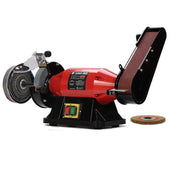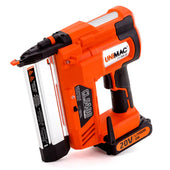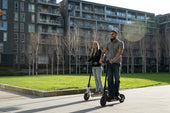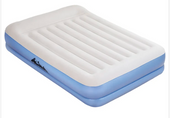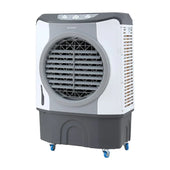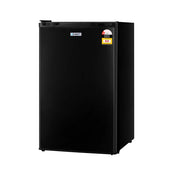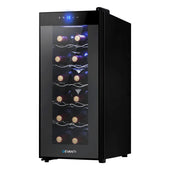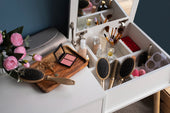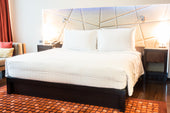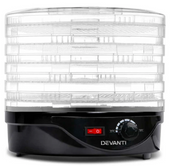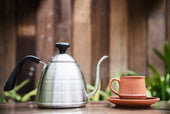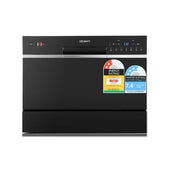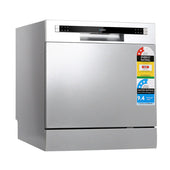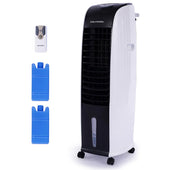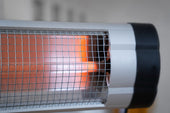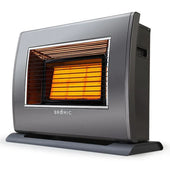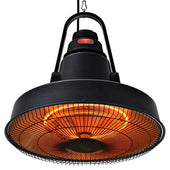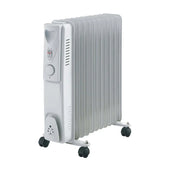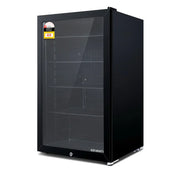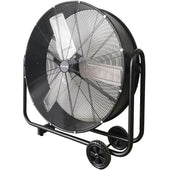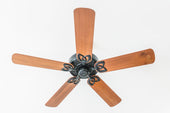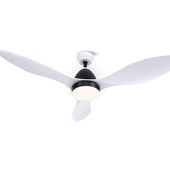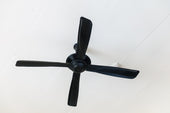Introduction: The Debate Between Open and Closed Shoe Storage
The choice between open and closed shoe storage systems sparks varied opinions and practical considerations. Each system offers distinct advantages, aligning with differing lifestyle needs, space constraints, and aesthetic preferences. Open shoe storage often appeals to individuals seeking easy access and visibility, ideal for those with active schedules or varied footwear selections. Conversely, closed storage systems emphasise protection, keeping shoes shielded from dust, moisture, and sunlight. This debate hinges on factors such as organisational priorities, environmental conditions, and the durability of materials used in storage. Exploring these factors offers valuable insights into which type fulfills the protective needs of footwear better.
Key Considerations for Shoe Storage Solutions
When assessing shoe storage options, aspects such as space availability, shoe types, and maintenance preferences must be examined. The size of the storage area impacts whether an open or closed system is more practical. For instance, during days, open racks work efficiently in smaller spaces but may offer less protection from dust compared to enclosed cabinets.
Material choice is another essential factor. Wooden or metal units often provide greater durability, while fabric organisers can be lightweight but less robust. Ventilation plays a critical role, especially for closed solutions, to prevent moisture build-up and odour.
Ease of organisation is crucial. Adjustable shelves, compartments, or stackable systems contribute to maintaining order and accessibility over time.
Protecting Shoes from Dust and Dirt: Open vs. Closed Storage
The choice between open and closed shoe storage has a significant impact on how well shoes are shielded from dust and dirt.
- Open storage: While convenient and visually appealing, open designs leave shoes exposed to environmental particles. Dust tends to settle on exposed surfaces, and dirt from surrounding areas can easily contaminate shoes. High-traffic rooms amplify this issue.
- Closed storage: Closed options, such as cabinets or bins, provide an enclosed environment. This creates a barrier that prevents dust accumulation and reduces exposure to dirt. It is especially effective in maintaining cleanliness over extended periods.
An individual’s environment and shoe usage patterns influence which method offers optimal protection, but closed storage generally offers better defence against grime.
Managing Moisture and Preventing Odours in Different Storage Options
Moisture and odour management play a critical role in preserving shoes. Closed shoe storage units often trap humidity, increasing the likelihood of mould and unpleasant smells. Employing moisture-absorbing products, such as silica gel packs or activated charcoal, can effectively combat dampness in these environments. Conversely, open storage promotes air circulation, naturally reducing moisture accumulation but may expose shoes to dust and contaminants.
Rotating shoe placement in open spaces prevents odour buildup caused by limited airflow. For closed storage, integrating ventilation features or placing them in temperature-controlled rooms minimises these risks. Keeping shoes clean and thoroughly dry before storage is vital, regardless of the chosen method.
Impact on Shoe Longevity: Which Storage Style Preserves Your Shoes Better?
The longevity of shoes is heavily influenced by storage conditions. Closed storage environments, such as cabinets or boxes, offer protection from dust, sunlight, and fluctuating temperatures that can degrade the materials. These options minimise exposure to moisture and air, which often lead to mould, oxidation, or cracks. In contrast, open storage exposes shoes to environmental elements and potential damage from accidental falls or overcrowding.
Key advantages of closed shoe storage include:
- Dust-free atmosphere maintaining cleanliness.
- Controlled environment avoiding humidity and UV damage.
Open storage, while offering ventilation, may allow material deterioration over time, especially for sensitive fabrics like suede or leather. Transitioning to closed systems enhances preservation.
Space-Saving Solutions: Efficiency of Open vs. Closed Shoe Storage
Choosing between open and closed shoe storage depends on available space and organisational needs. Open storage, such as racks or shelves, typically requires less space as the absence of doors or enclosures allows shoes to be accessed easily and stored in a compact arrangement. It may also fit well in smaller spaces or closets where utility is prioritised.
On the other hand, closed storage, including cabinets or boxes, often demands more room due to added structural elements like doors. However, it can offer stackable designs or modular options, enhancing vertical space utilisation for efficient storage despite larger footprints. Transitioning between layouts or styles is also more challenging with closed systems.
Aesthetic Appeal: How Storage Style Influences Interior Design
Storage solutions significantly impact the aesthetic harmony of an interior space. Closed shoe storage units, such as sleek cabinets or minimalist cupboards, offer a clean and uncluttered appearance, blending seamlessly into modern or traditional design themes. By concealing footwear, they maintain visual order and elevate a room's overall elegance.
Open storage, on the other hand, can serve as a design feature by showcasing shoes as decorative elements. Shoes with bold colours or unique designs add personality when displayed on shelves or racks. However, the challenge lies in keeping them organised, as clutter can easily disrupt visual balance.
Transitioning between styles within the same space, like pairing closed cabinets with open shelving, allows for both practicality and aesthetic diversity without compromising on design cohesion.
Ease of Access and Convenience: Open Shelves vs. Closed Cabinets
Open shelves offer immediate visibility, allowing users to easily identify and retrieve shoes without rummaging. Since these units leave footwear on display, they save time when picking out a pair, especially in a busy routine. Open shelving also lends itself to a well-organised layout, making frequent access seamless.
In contrast, closed cabinets require opening and closing doors, which adds time to the process. While they can provide more structured organisation through compartments and dividers, they may reduce accessibility for quick grabs. Closed systems suit those prioritising aesthetic neatness and protection over immediate convenience, favouring planned usage over impulsive access.
Protection from Pets, Children, and External Elements
Closed shoe storage offers significant advantages when it comes to safeguarding footwear from daily challenges. Pets, especially curious cats or energetic dogs, may chew, scratch, or displace shoes left in open storage systems. Children, too, can inadvertently damage shoes during play or accidental mishandling. Additionally, open shoe storage leaves footwear exposed to dust, moisture, and dirt, which can degrade materials and shorten their lifespan.
Closed storage ensures shoes remain shielded, maintaining their condition over time. Cabinets or drawers also reduce the risk of foreign elements, like spilled liquids or falling objects, interfering with the integrity of the items. This makes closed systems ideal for those seeking durability and preservation.
Cost Considerations: Budget-Friendly Options for Each Style
When weighing costs, both closed and open shoe storage systems offer solutions for various budgets.
Closed Storage
- Flat-pack Cabinets: Affordable units that come with assembly instructions, suitable for smaller budgets.
- Multi-functional Furniture: Closed shoe racks doubling as benches can save costs on additional furniture.
- DIY Options: Reusing old cabinets or wooden crates as closed storage can minimise expenses.
Open Storage
- Stackable Racks: Metal or plastic stackable racks are inexpensive and adaptable for open storage.
- Wall-mounted Shelves: Low-cost options for optimising vertical spaces.
- Repurposed Furniture: Bookshelves or open tiered units can act as economical alternatives.
Both styles serve budget-conscious buyers, balancing cost with practicality through creative options.
Environmental Sustainability and Materials Used in Shoe Storage
Shoe storage solutions impact environmental sustainability, largely determined by the materials used in their construction. Some common materials include:
- Wood: Durable and biodegradable but may contribute to deforestation if not sourced responsibly. Opting for FSC-certified wood promotes eco-friendly practices.
- Plastic: Lightweight and affordable, yet often non-biodegradable. Recycled plastics mitigate environmental harm.
- Metal: Recyclable and long-lasting, though resource-intensive to produce and prone to rusting if untreated.
- Bamboo: Renewable, eco-friendly, and robust, making it a sustainable choice for shoe racks and cabinets.
Choosing materials supported by ethical manufacturing practices contributes to reducing waste and promoting sustainability.
Customisation Options: Personalising Your Storage to Suit Preferences
Shoe storage solutions offer a variety of customisation options tailored to individual needs, allowing for functionality and style to coexist harmoniously. Closed storage systems, such as cabinets and shelves with doors, can be customised with features like adjustable shelving, built-in dividers, or integrated lighting to optimise space and display. Open storage, including racks and cubbies, permits flexibility with stackable designs, modular units, and decorative finishes to match any interior decor.
Users can choose between different materials, including wood, plastic, or metal, depending on durability or aesthetic appeal. Colour choices and additional accessories, like labels or bin organisers, further enhance organisation efforts. These options enable a truly personal and practical storage solution.
When to Choose Open Storage: Scenarios Where It Works Best
Open shoe storage thrives in situations where accessibility and ventilation take precedence. Ideal for frequently used footwear, it allows quick retrieval without rummaging or opening drawers. In environments prone to moisture, such as coastal areas, open storage facilitates airflow, reducing the risks of mould or odour build-up. Spaces with limited ventilation, like smaller bedrooms, benefit greatly from these breathable designs.
It also works well for displaying statement shoes or maintaining an organised look, often blending seamlessly with modern or minimalist interiors. For homes where aesthetics and practicality intertwine, open shoe storage proves adaptable and visually appealing.
When to Opt for Closed Storage: Scenarios Where It Shines
Closed shoe storage proves invaluable in several situations where optimal shoe protection is paramount:
- Dust-prone Environments: Homes near construction sites or regions with heavy dust benefit significantly from closed storage by shielding shoes from debris.
- Seasonal Shoe Preservation: For footwear not worn regularly, such as winter boots or formal heels, closed storage keeps them pristine while preventing fading and cracking.
- Pet-friendly Homes: Households with curious pets can prevent accidental damage or play-induced wear by keeping footwear securely tucked away.
- Humidity Control: Using a closed system with a dehumidifier helps maintain shoe material integrity in damp climates.
- Streamlined Aesthetic: Closed storage creates a sleek, clutter-free look, particularly in modern or minimalist interiors.
Conclusion: Striking the Right Balance Based on Your Needs
Choosing between closed and open shoe storage depends on various factors like space availability, shoe maintenance preferences, and aesthetic goals. Closed storage offers superior protection against dust, moisture, and environmental exposure while keeping clutter hidden. In contrast, open storage provides convenience, better ventilation, and ease of access for frequently used footwear.
Consider the type of shoes in your collection and their storage requirements. For instance:
- Delicate or seasonal footwear benefits from closed storage to preserve quality.
- Regularly worn shoes are better suited for open storage, ensuring airflow and practicality.
Blending both types offers a custom solution tailored to individual preferences and spatial constraints.



